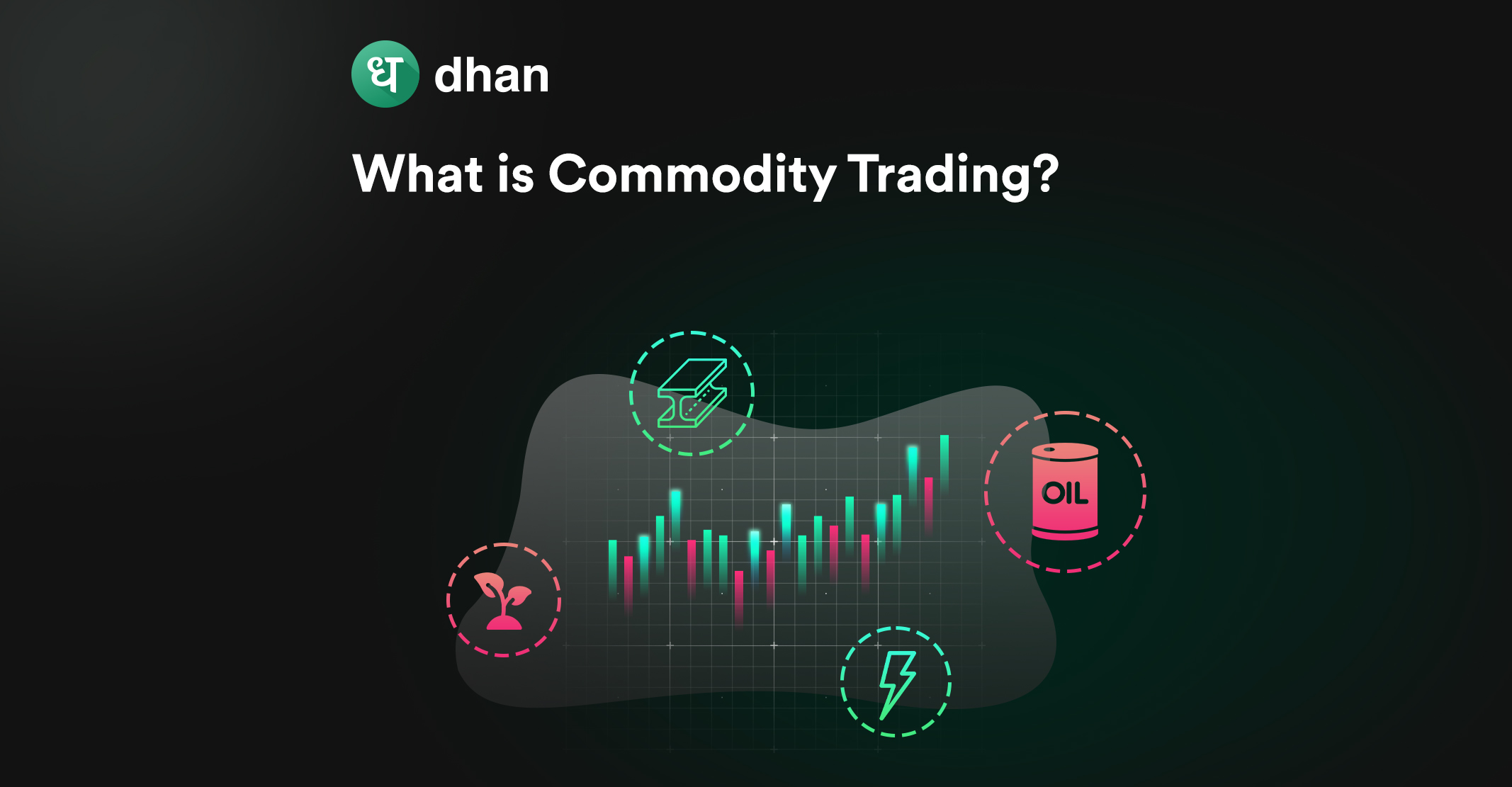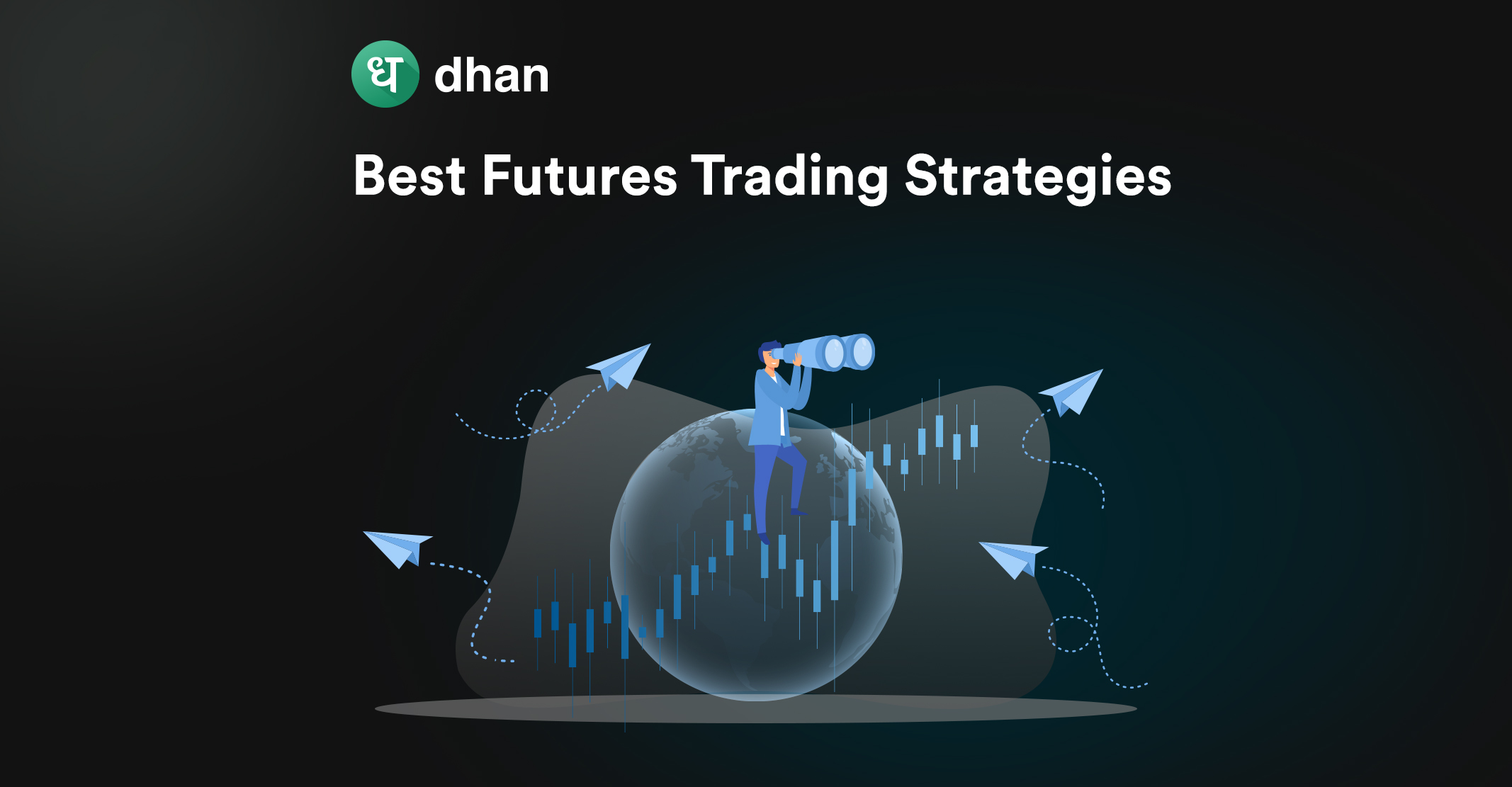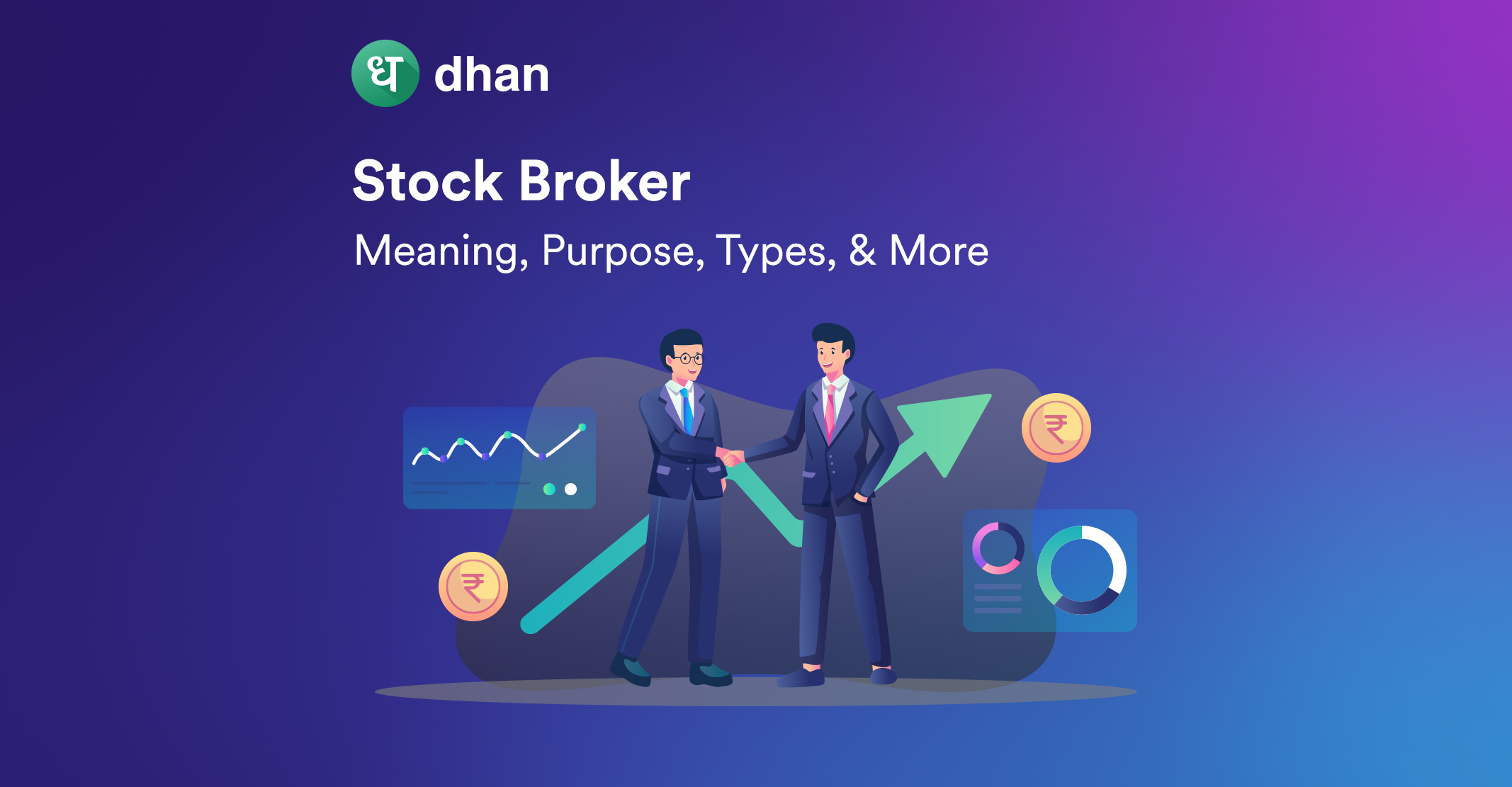Online commodity trading is a method of trading that relies on speculating on the prices of gold, silver, crude oil, and others to earn incremental profits.
It presents an opportunity to diversify your trading portfolio while participating in one of the most vibrant markets in India.
As you explore this article, you’ll learn what is commodity trading and how to trade commodity products ranging from gold to agricultural products.
You will also learn how commodity trading is closely connected to our everyday life and the wider world economy as well as the stock market.
What is Commodity Trading?
Commodity trading is a type of trading that involves buying and selling grains, metals, energy sources, and more such commodities.
These are physical assets that have an impact on everything from your morning cup of coffee to the vehicle you use.
Their prices are tied to real-world supply and demand as well as macroeconomic conditions.
These factors make trading commodities interesting, as you can read a lot, learn a lot, and if you deploy your strategies correctly, earn well.
That said, what if you’re an every trader who wants profits, not the actual underlying commodity delivered to your doorstep?
You can trade commodities derivatives such as futures and options on the Multi Commodity Exchange of India Limited (MCX) through a commodity trading platform.
How Does Commodity Trading Work?
The values of commodities are influenced by actual events like changes in weather, political developments, and advances in technology.
This requires you to pay close attention to the news and implement technical analysis to take positions in this market.
For example, the Organization of the Petroleum Exporting Countries (OPEC) decides to curb the supply of Crude Oil. This decision can directly influence the price of Crude Oil futures and options.
Moreover, many commodities traded on Indian exchanges are referenced from their US counterparts. That’s why you’d notice that the commodity trading hours are much, much longer than the stock market hours and forex trading hours.
In addition to trading opportunities, commodity trading also acts as a hedge against inflation and offers diversification benefits. Thus, you must identify why you’re trading commodities. Is it to:
- Hedge
Or
- Speculate
Once that’s clear, you can start building your strategies and execute them with a reliable platform that offers incredible features during market hours. Speaking of market hours…
Commodity Trading Timings in India
For commodity trading, knowing the market timings of major exchanges like MCX and NCDEX is important.
These timings are crucial to entering/exiting the market on time and trading your preferred commodities without missing out on any opportunity.
Here are commodity trading timings in India:
| Exchange | Trading Hours (Weekdays) | Extended Hours (USA Daylight Savings) |
| MCX | 9:00 AM – 11:30 PM | 9:00 AM – 11:55 PM |
| NCDEX | 10:00 AM – 5:00 PM | Not Applicable |
MCX offers extended hours, particularly when the USA is in daylight saving mode, reflecting its global connectivity. NCDEX, with its focus on agricultural commodities, operates during traditional business hours, catering to domestic market needs.
Staying informed about these timings is crucial for aligning your trading strategies with market movements and capitalizing on opportunities as they arise.
Tools for Building Commodity Trading Strategies
After knowing the answers to questions like what is commodity trading and how it can be started, the next question may arise: what are commodity trading strategies. Let’s have a look.
1. Fundamental Analysis
This strategy requires you to evaluate the changing patterns of supply and demand for a particular commodity.
To make well-informed decisions, traders should analyze variables such as weather patterns, the productivity of crops, geopolitical events, and economic metrics.
For instance, trading on agricultural commodities like wheat requires keeping an eye on the weather as unfavorable weather can result in a reduction in supply, which could raise prices.
2. Technical Analysis
To forecast future price movements, technical analysis should be done by looking at past price charts and patterns.
It is especially useful for short-term trading techniques since traders can determine possible entry and exit points by using tools like moving averages, candlestick patterns, and relative strength indicators.
3. Technical Indicators
The goal of the trend-following approach is to make profits from current market trends.
When an upward trend begins to emerge, traders buy the commodity, and when a negative trend is forecasted, they sell.
Technical indicators such as moving averages are used by trend followers to identify and evaluate trends.
4. Range Trading
Profiting from price changes that fall inside a predetermined range is known as range trading.
Traders usually purchase and sell commodities at the range’s bottom and upper boundaries, respectively.
This approach works well for commodities whose prices are generally stable.
5. News-Based Trading
This strategy includes responding to events and breaking news that may have an impact on commodity prices.
Traders aiming to profit from unforeseen events that may generate sudden price fluctuations must stay aware of economic reports, geopolitical happenings, and market news regularly.
Therefore, it is important to follow these trading strategies to gain from markets by systematic trading.
How to Start Commodity Trading?
Let’s walk through how you can kick-start this journey with commodity trading.
1. Education and Research
Your first step is to learn how to start commodity trading. Dive into books and online resources, keep up with market news, and maybe even chat with expert traders. This knowledge is your power in the trading world.
2. Select a Broker
A good broker is like a trusted ally. The services that they offer will essentially be the primary tools in your commodity trading arsenal.
Beyond features, you must also look at the technical side of the broker, that is, are they stable and will they change with changing times? That’s not all.
The broker must be SEBI-registered and regulated so as to ensure your trading interests are protected at all times.
3. Create a Trading Plan
Trading without a plan can be very risky. Thus, make a plan and include various factors such as capital required, margin required for commodity trading, stop loss, etc.
This will help you set a clear risk-reward ratio and stick to your plan to avoid consequences.
4. Practicing with a Demo Account
Not quite ready to dive in? Demo accounts let you practice without risking real money. It’s a great way to build confidence and understand the market. There are brands such as “papertrade dot live” which offer paper trading accounts.
5. Risk management
Finally, don’t forget about managing risks. Spread out your investments, set limits on your losses, and know what you’re comfortable risking. Good risk management is key to successful trading.
Conclusion
Commodity trading includes buying and selling various products such as precious metals, energy resources, agriculture products, and more.
In your commodity trading journey, remember that it’s all about smart strategies and informed choices. Stay sharp, and manage risks wisely, and this world of trading can offer you great opportunities. Dive in with confidence!



